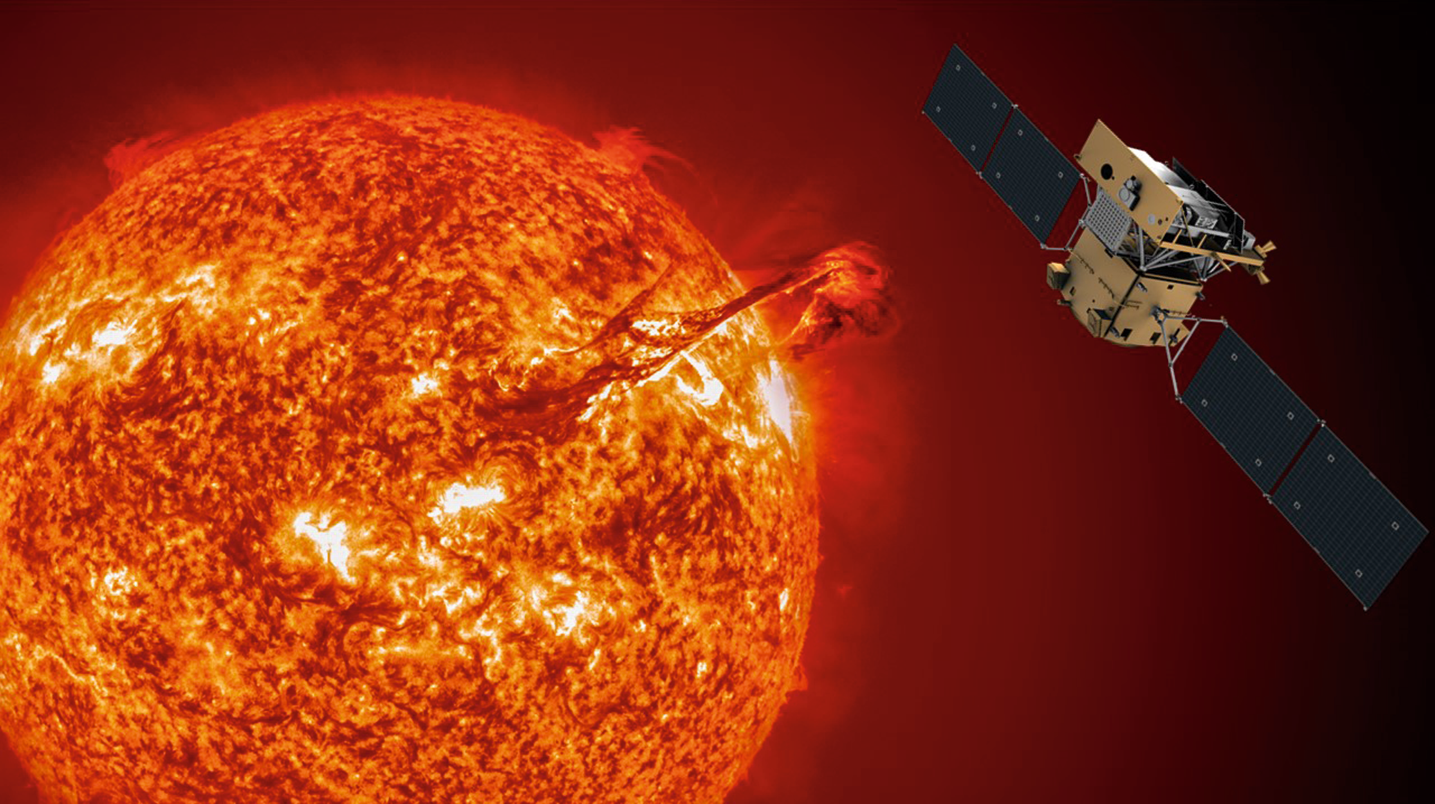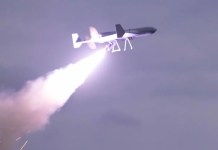China’s powerful indigenous telescope, Advanced Space-Based Solar Observatory (ASO-S), meant to get up close and personal to study our system’s thundering ball of fire, is set to lift off on its four-year mission this autumn.
Intended to capture never-before-seen images of the sun during its meanest phase of the year when it spews devastating fire and brimstone, it will unlock the mysteries of solar flares, solar radiation, and other space weather phenomena.
The mission’s results are awaited the world over by physicists, scientists, engineers, and environmentalists as they get raw data about the sun’s behavior.
Amid grim times of global warming and the exciting dawn of a second space age, which has witnessed discoveries and achievements in space, the mission assumes particular significance. The mission’s scientists have already announced in the journal Nature Astronomy to make the findings of the research public.

China’s Solar Research Program
The 888 kilograms ASO-S will lift off on October 20 from the Jiuquan Satellite Launch Centre in the Gobi Desert, joining other similar space-based sun-gazing telescopes like NASA’s Parker Solar Probe and the European Space Agency’s Solar Orbiter.
There is a secondary motive behind the project, given China faces the embarrassing contradiction of reputation with the second highest number of papers on solar physics but relies on data gathered by other countries.
The satellite/space telescope’s launch has been timed to coincide with the sun’s next ‘solar maximum,’ a period of high solar activity, in the 11-year cycle expected to start in 2024-2025.
“Last October, China launched a small experimental satellite called the Chinese Hydrogen-Alpha Solar Explorer (CHASE) to study solar flares as a precursor to ASO-S.
Earlier this year, CHASE became the first telescope to obtain hydrogen-alpha spectral lines from space, revealing unique details about the structure, evolution, and dynamic process of solar flares,” a South China Morning Post (SCMP) said.
Equipped with cutting-edge instruments that the Chinese claim is not found on any of the other solar missions, ASO-S will be 720 kilometers (447 miles) above Earth to simultaneously monitor the two most violent phenomena on the sun – solar flares and coronal mass ejections.
According to a researcher quoted by the South China Morning Post (SCMP) report, it will also study its ever-changing magnetic field.

Sun’s Fury Still A Mystery
While the nature and general causes of solar flares and coronal mass ejections have been well-studied, scientists are often puzzled about their impact on space weather and how they knock out satellites, electronics, power grids, and the internet services on Earth.
Scientists have few samples to study since most solar radiation is blocked by the Earth’s atmosphere. But ASO-S can study solar ejections and phenomena 40 hours before their arrival. Solar flares are intense light bursts.
Coronal mass ejections involve the release of vast clouds of charged particles called plasma, mainly in high frequency since the sun’s latest stormy solar cycle began in December 2019.
During a solar maximum, solar flares can happen multiple times daily, and some may be as powerful as a billion hydrogen bombs.
Since the 1960s, over 70 missions have been launched to study the sun from space. Chinese scientists have developed remote sensing solar instruments and mounted them on other satellites, but ASO-S will be their first full-size, dedicated tool to examine the sun.
ASO-S carries a magnetic detector, a solar telescope, and an X-ray imager to track the sun’s magnetic fields and stormy activities, which are “key to the space weather forecast,” Gan Weiqun, the mission’s chief scientist, was quoted by Xinhua.
India’s Aditya-L1 Solar Mission
India’s solar mission, the Aditya-L1, will be launched this year, 1.5 million kilometers from the Earth to the L1 Lagrangian point – right between the Earth and the sun, where the gravitational pull from both bodies is equal. This allows it to view the sun without any occultation/eclipses continuously.
However, being in a stationary orbit without moving along with the Earth’s rotation, no single ground station will be permanently in contact with the Aditya-1, because of which the Indian Space Research Organization (ISRO) will use the European Space Agency’s (ESA) global network on deep space communication antennae.
- The author can be reached at satamp@gmail.com
- Follow EurAsian Times on Google News




